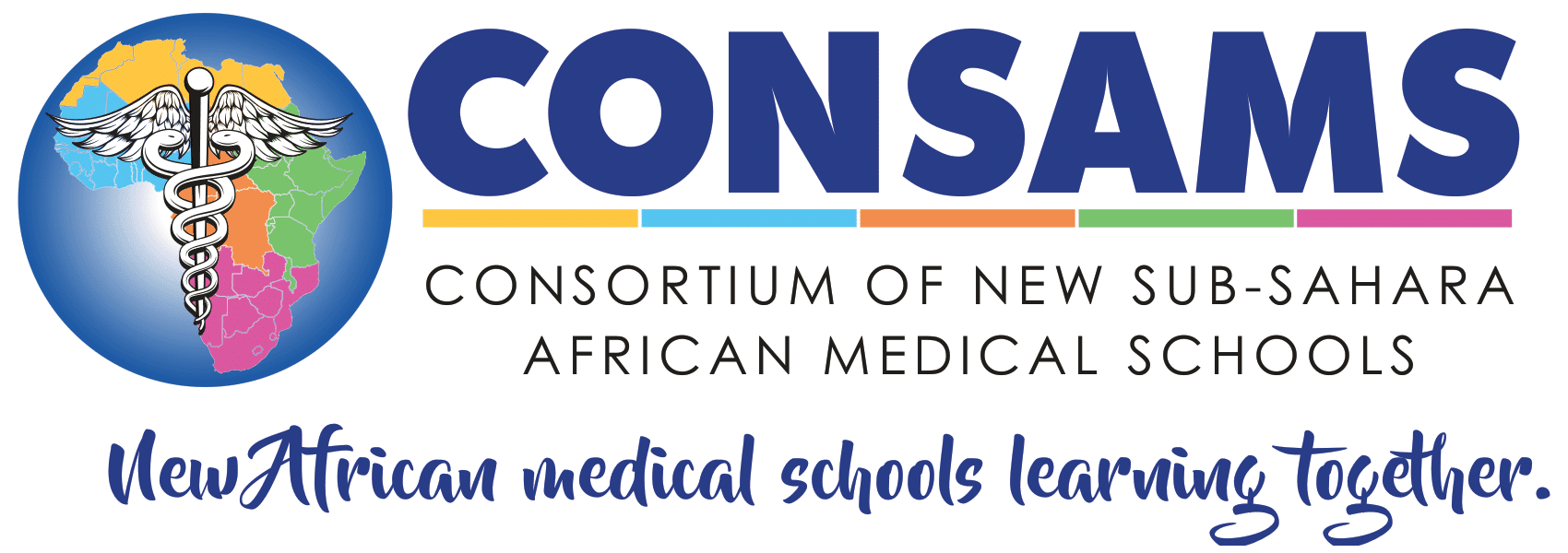FAQs
What is the CONSAMS?
CONSAMS is a consortium of relatively “new” African medical schools. We define these new schools as those that are within about 10 to 15 years of graduating their first cohort of medical students at the time of joining CONSAMS. Once a medical school has joined CONSAMS, it can remain in the consortium for as long as it likes as it may provide mentorship and feedback to the newer schools.
Why did CONSAMS expand from a consortium of only southern African medical schools to Sub-Sahara African medical schools?
CONSAMS was founded by just five new medical schools in southern Africa. It soon became apparent that many new medical schools were being developed across the African continent with over 100 schools estimated to open over the ensuing decade (by conservative estimates). We realized we had much to learn from medical schools in other regions of the continent, and we were being approached by other sub-Saharan schools to join CONSAMS. The decision was therefore taken by a 2/3 majority vote of the CONSAMS Steering Committee to expand the consortium to include new medical schools in other sub-Sahara African regions and to change the name to Consortium of New Sub-Sahara African Medical Schools while retaining the acronym of CONSAMS.
Membership: Is there a membership fee? How much is it? Can only individuals also join or only medical schools?
Yes, by a constitutional Amendment in 2020 and approved in 2021, it was decided to charge a modest membership fee of $200 for medical schools, $50 for individuals, and $25 for students to join CONSAMS.
Does CONSAMS host an annual conference?
Yes, CONSAMS has held an annual meeting each year except in 2020 due to the Covid-19 pandemic. Conferences are rotated between medical schools and are usually held on the site of a newly joined medical school member.
What are the benefits of joining CONSAMS?
Benefits of joining CONSAMS: (1) Peer-to-peer learning and sharing of ideas, curricula, and programs that occur between member schools; (2) Faculty and student exchanges between member schools; (3) External examiner availability between schools; (4) Attendance at the annual conference to meet other deans, faculty, and students and to share programs and ideas in education; (5) Participation in webinars and conference talks; (6) Connections with affiliated global education organizations such as CUGH and TUFH (see affiliated organizations); (7) Potential article co-authorships; (8) Access to shared resources, e.g. publication of funding sources; (9) Shared funding on participation in grants/award applications; and (10) Collegiality and friendships with academics, students, and administrators across the African continent.
